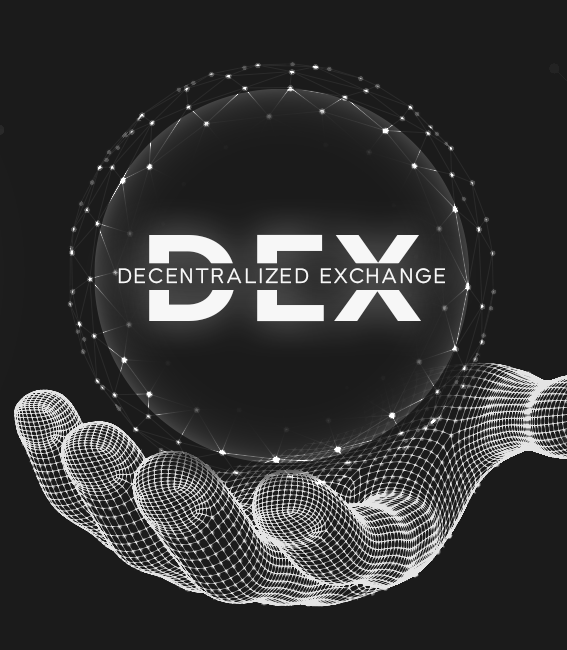The Role of Liquidity Providers in Decentralized Exchanges

In the rapidly growing world of Decentralized Exchanges (DEXs), Liquidity Providers (LPs) play a pivotal role. Liquidity providers are vital in DEXs, and one cannot overlook the online trading possibilities presented by platforms like Quantum Astral.
The Mechanics of Liquidity Provision in DEXs
Decentralized Exchanges, commonly referred to as DEXs, have revolutionized the cryptocurrency landscape by offering a peer-to-peer platform for users to exchange their assets without the need for intermediaries. One of the most critical components that fuel the efficiency of these platforms is liquidity, and this is where Liquidity Providers (LPs) come into play.
So, what is the underlying mechanism that enables liquidity provision in DEXs? At the heart of many DEXs, especially the popular ones like Uniswap or Sushiswap, is a system known as the Automated Market Makers (AMMs). Unlike traditional exchanges, where buyers and sellers create orders to determine the price of an asset, AMMs use a predefined mathematical formula to set the price. This formula is typically based on the ratio of assets in a liquidity pool.
The Incentives for Being a Liquidity Provider
One of the foremost incentives for LPs is the accumulation of trading fees. On most DEX platforms, every time a user makes a trade, a small fee is levied. These fees aren't collected by the platform, as might be the case with centralized exchanges. Instead, they're distributed among the LPs based on their share of the liquidity pool. So, by merely providing liquidity to the pool, LPs can earn a passive income.
But trading fees aren't the only allure. With the rise of DeFi, or decentralized finance, concepts like liquidity mining and yield farming have become increasingly prevalent. In liquidity mining, platforms incentivize liquidity provision by offering additional rewards in the form of tokens. These tokens can either be the platform's native tokens or another popular token. Essentially, LPs are “mining” these tokens by providing liquidity.
Yield farming takes this a step further. Sophisticated LPs move their assets between different protocols to chase the best yields, maximizing their returns. As DeFi platforms compete for liquidity, they often offer lucrative rewards for LPs, leading to a dynamic environment where the most informed and agile LPs can reap substantial benefits.
However, with these potential rewards come certain risks. One well-known challenge in the DEX space is ‘impermanent loss.' When the relative price of tokens in a liquidity pool changes, LPs can sometimes end up with less value than if they had merely held onto their tokens. Understanding and mitigating this risk is crucial for anyone considering becoming an LP.
Challenges and Solutions in Liquidity Provision
One of the primary challenges faced by Liquidity Providers (LPs) is the issue of slippage. Slippage refers to the difference between the expected price of a trade and the actual price at which the trade is executed. In DEXs, significant trades relative to the size of the liquidity pool can cause considerable price changes. This means that a trader could receive less of an asset than anticipated or might have to pay more for an asset than expected.
Another challenge intricately linked with liquidity provision is striking a balance between high liquidity and low spread. In financial markets, spread refers to the difference between the buying and selling price of an asset. A smaller spread is generally more favorable for traders, but achieving this requires higher liquidity. In many DEXs, especially newer or less popular ones, maintaining high liquidity can be a daunting task.
Then there's the looming specter of ‘impermanent loss.' As the relative prices of assets in a liquidity pool shift, LPs can find themselves in a position where they'd have been better off just holding their assets rather than providing liquidity.
So, what solutions are emerging to address these challenges? Many DEXs are innovating rapidly to enhance their liquidity. For example, some platforms offer lucrative incentives to attract more LPs, which can help reduce slippage and narrow the spread. Others are employing more sophisticated algorithms and mechanisms, going beyond the traditional Automated Market Maker (AMM) models to achieve better price stability.
Conclusion
The complexities surrounding liquidity provision in DEXs are vast, but with continuous innovation and collaboration, solutions are emerging to tackle these challenges. The future of decentralized finance, while laden with obstacles, remains bright and promising.
839GYLCCC1992



Leave a Reply